Tea Party More Popular than Pelosi, but not the Democratic Party
Shockingly, the Tea Party as a generic movement is more popular than congressional leadership. Interestingly, the Democrats are still slightly more popular than the Tea Party and the Reps are in third.
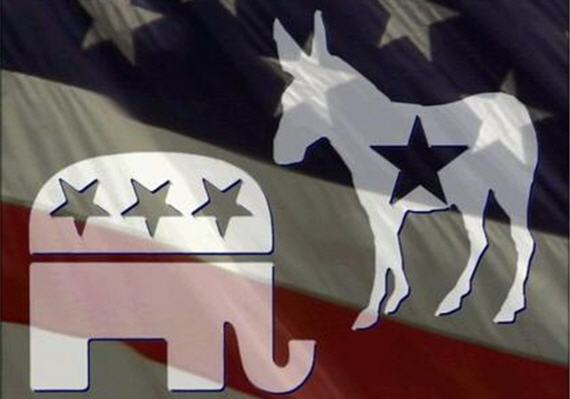 The Hill reports: Public favors Tea Party over top Dems
The Hill reports: Public favors Tea Party over top Dems
The American public has a more positive view of the Tea Party movement than both leaders of the majority party in Congress, according to a poll released Wednesday.
An NBC/Wall Street Journal poll showed that 30 percent view the grassroots conservative groups very or somewhat positively compared to 34 percent who view them very or somewhat negatively.
But House Speaker Nancy Pelosi (D-Calif.) was seen positively by 21 percent of those polled — 46 percent viewed her negatively. Senate Majority Leader Harry Reid (D-Nev.) received a lower positive rating, 11 percent, but also a lower negative rating of 31 percent.
First, the headline and the basic comparison is silly: comparing an amorphous group to specific individuals is pointless.
Second, it should be no shock that anyone in a position of power is polling poorly at the moment given the state of the economy.
Third, it should further be no shock that the Tea Party, a group that lacks a central theme (save for vague things like “we like the Constitution” and “we are spending to much”) and has never had a member holding public office in its name should poll better than sitting politicians.
Interestingly, however, the Democratic Party actually polls slightly better than the Tea Party and the GOP comes in third:
Democratic Party: 33% positive/22% neutral/44% negative/1% don’t know.
Tea Party: 30% positive/23% neutral/34% negative/13% don’t know.
Republican Party: 24% positive/28% neutral/46% negative/2% don’t know
In fairness, if we look at “very positive” v. “somewhat positive,” the Tea Party wins 14% to 11% for the Democrats (6% fpr the GOP).
Poll here: PDF.
Several things that strike me.
1) Politicians in general aren’t especially popular at the moment, so it is difficult to draw party/group-specific conclusions from a poll of this nature.
2) While the low numbers for Democratic leadership in Congress are interesting and significant, the fact of the matter remains that that GOP has not found a way to capitalize on that discontent in a way that would augment their own popularity. Indeed, I think this continues to be one of the more interesting storylines, so to speak, of the current political situation. It illustrates both that the Republicans are still dealing with the legacy of the Bush administration (which explains the Democrats’ insistence of using Bush as a campaign theme), and that no effective new GOP leadership has emerged.
3) To reiterate and amplify a point from above: the Tea Party’s (relative) popularity has to be understood in the context of groups that lacks clear leaders, a clear platform, or any actual responsibility for government or policy at the moment.

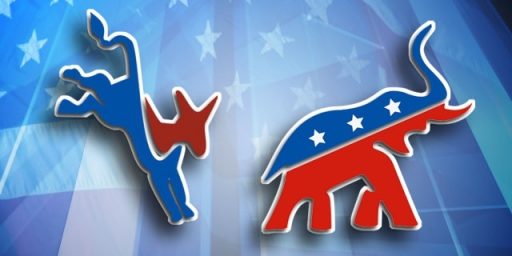
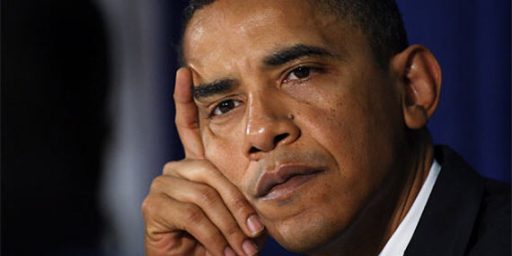

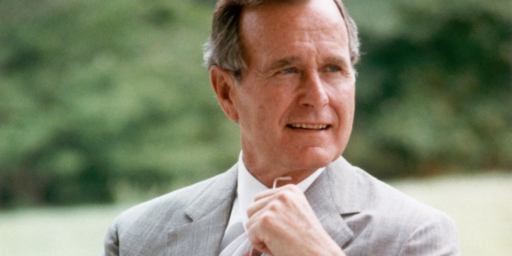
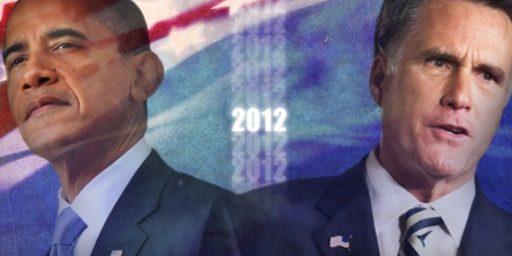
I’m just saying, Seems you have bent the curve up not sure it’s enough 🙂
Math seems a little Fuzzy 🙂
@James: I think I need a little help. Did I make an error above?
The fact that the Tea Party is a vague group does cut both ways, though. It’s easy to attribute positive things to them, but it also makes it harder to deflect accusations of racism and the like when there’s no formal leader to repudiate it.
I agree, though, about one of the most interesting aspects of this poll being the GOP’s inability to capitalize on the current discontent. I’m not sure all of that is on the Bush legacy, though. I think some of it has to do with frustration within the GOP (or perhaps of conservatives more generally) of their inability to stop Obama. That’s not exactly realistic, but then neither is it realistic that the Democrats and Obama are going to swoop in and save the economy.
My mistake the curve has a slight swerve to the left 🙂
“Interestingly, however, the Democratic Party actually polls slightly better than the Tea Party and the GOP comes in third”
Which is the predicate of my campaign strategy for the Dems:
“Hey, we know you folks don’t like us, but you like them even less!”
But seriously, folks, I heard Dave Weigel say last night that the Dem strategy is to tie the Tea Party tightly to the Republican Party, and then say, “But they’re crazy, you know.” The theory is that this will set the hearts of independents racing with anxiety. Will it work? We’ll see in November.
Observations:
1. It can’t be reassuring to incumbents of either major party that the Tea Party movement has almost as much name recognition as their parties do.
2. The Dem Party’s negatives are much higher than the Tea Party negatives.
3. I agree with Trumwill: The fact that the Tea Party is a movement and not a party does cut both ways…
4. The Dems should have done better in this poll. The NBC/WSJ poll gave a nine-point edge to Democrats in their sample (with leaners, seven points). But Gallup has found the partisan gap in April to be a single point.
5. The NBC/WSJ poll was skewed in terms of ideology as well. While the country has been consistently demonstrated to be about 20% liberal and 40% conservative, the NBC/WSJ sample was 23% liberal and only 35% conservative.
Observations:
1. It can’t be reassuring to incumbents of either major party that the Tea Party movement has almost as much name recognition as their parties do.
2. The Dem Party’s negatives are much higher than the Tea Party negatives.
3. I agree with Trumwill: The fact that the Tea Party is a movement and not a party does cut both ways…
4. The Dems should have done better in this poll. The NBC/WSJ poll gave a nine-point edge to Democrats in their sample (with leaners, seven points). But Gallup has found the partisan gap in April to be a single point.
5. The NBC/WSJ poll was skewed in terms of ideology as well. While the country has been consistently demonstrated to be about 20% liberal and 40% conservative, the NBC/WSJ sample was 23% liberal and only 35% conservative.
The question is whether local R candidates can use the D leadership’s negatives against the local D candidates in specific races. This takes some coordinated effort, and so far the R’s only seem to be doing a so-so job of it. Then again, it could just be they think there are better targets for ad dollars and talking points (economy, jobs, etc.).
You have two major political parties, the Republicans and Democratics. The Tea Party is a recent grass roots political party and they have a 30% positive rating compared to the best positive rating, which is the Democrats at 33%. Taking into consideration, our media has had nothing good to say about the Tea Party, the Tea Party is doing really well. Has this web site had anything good to say about the Tea Party?